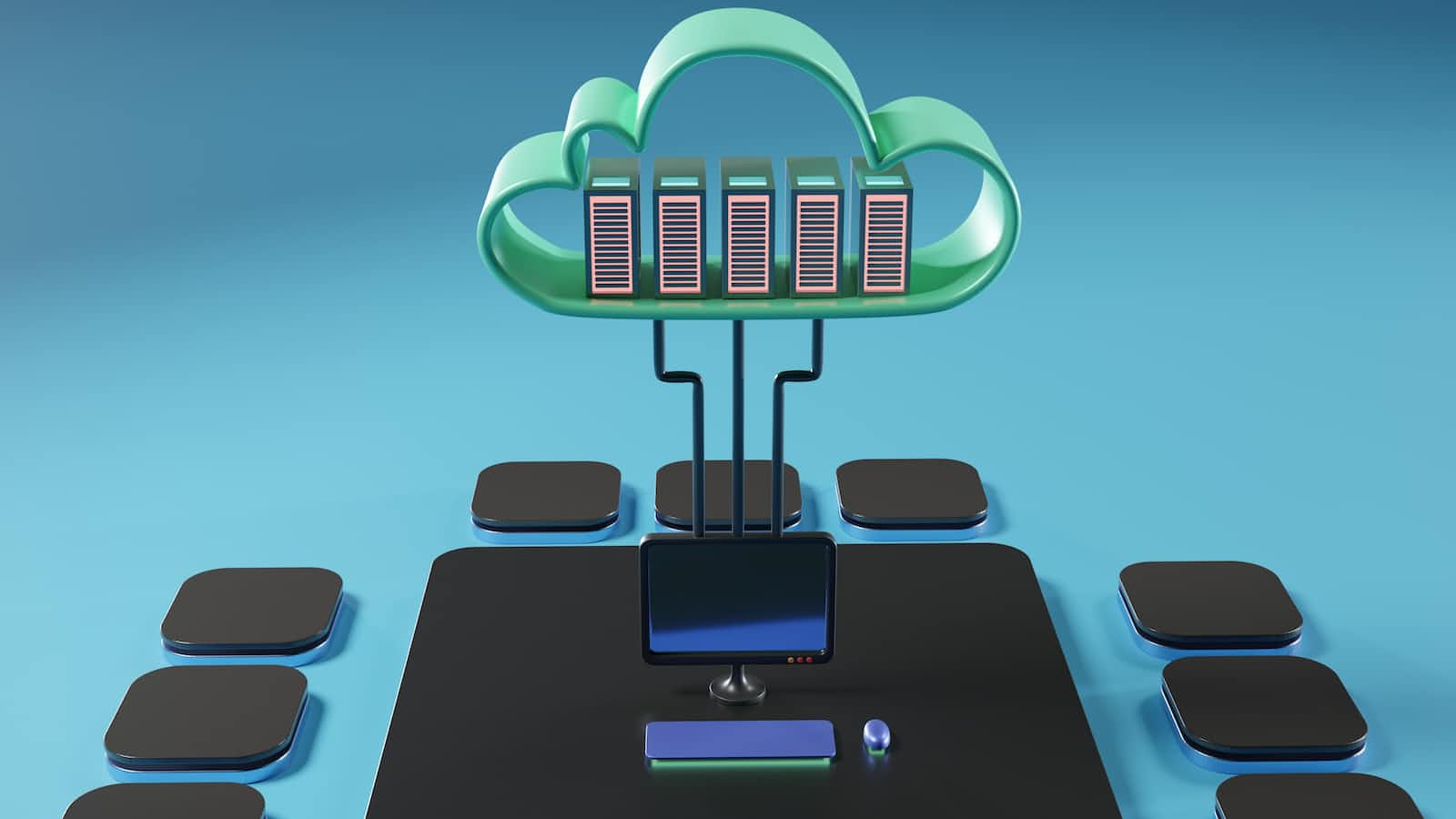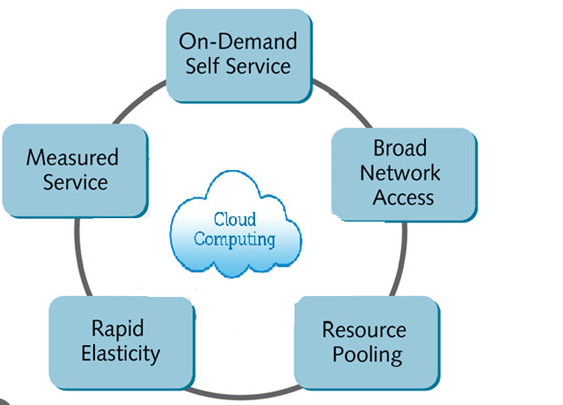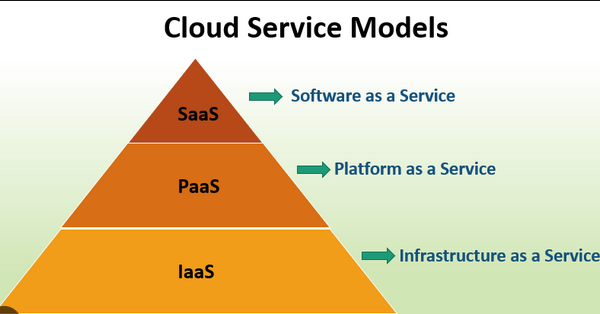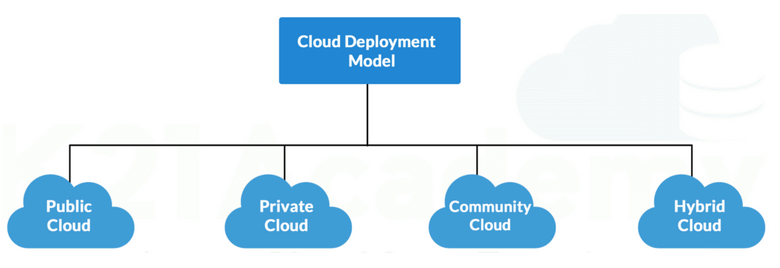Cloud Computing Fundamentals:
 Sreekar Shodhan
Sreekar Shodhan
Introduction:
This is part of the DevOps series I'm eagerly learning from #theCloudSeminar by Nilesh Londhe. In this blog, let's delve into the fundamentals of Cloud Computing.
Definition:
Cloud computing, in simple terms, can be likened to "Rental Computers." Businesses or individuals use rented computers and infrastructure instead of investing in their in-house infrastructure. They focus more on their core business instead of getting bogged down by IT complexities, especially in the early stages. This approach offers flexibility as their business grows, allowing them to transition to better infrastructure from the same vendor easily.
Customers can request increased cloud resources when they anticipate high demand.
Story-Based Explanation:
Imagine you're in a new city searching for a job. It's better to stay
in a rental house and focus on the job search instead of looking for a
new home. Staying in a rental home is more affordable than buying a new
one, and it's flexible—just like moving from a 1 BHK to a 3 BHK means
paying more rent when you need more space.
Who Defines Cloud Computing?
The National Institute of Standards and Technology, a US-based entity, has officially defined cloud computing.
Standard Definition:
Cloud computing is a model for enabling ubiquitous, convenient, on-demand network access to a shared pool of configurable computing resources (e.g., networks, servers, storage, applications, and services) that can be rapidly provisioned and released with minimal management effort or service provider interaction.
This cloud model consists of five essential characteristics, three service models, and four deployment models.
5 Key Characteristics:

On-demand self-service: Consumers can automatically access storage, server time, and other computing resources without human interaction with service providers.
Broad network access: Ensure your product or site is available to a large audience over the internet and can be used on various devices like computers, mobile phones, and tablets.
Resource pooling: Companies share their storage and computing resources in a vast pool. When a company needs more power or space, they take what they need from the pool and return it when done. It's like picking blocks from a pile of Legos to build something.
Rapid elasticity: Think of it like a magical backpack that instantly adjusts its size based on what you need to carry. There's enough room for everyone's things.
Measured service: Companies want to know how many cloud features they're using and how much they cost. Special tools keep track, similar to a cookie jar counting cookies. High usage equals high cost, low usage equals low cost.
3 Service Models:

Software as a Service (SAAS): It's like having a magic computer in the sky that runs all your favorite programs and games. Instead of having that computer at home, you use it remotely. It can be accessed from various devices without worrying about managing the magic computer.
Platform as a Service (PAAS): Imagine you want to build a sandcastle on the beach. PAAS sets up a special area just for you, provides all the tools, and you only need to build. PAAS takes care of the technical details underneath.
Infrastructure as a Service (IAAS): IAAS provides all the basic building blocks for your computing needs, so you can build without getting bogged down in technical details.
4 Deployment Models:

Public Cloud: The cloud infrastructure is open to the general public and can be owned, managed, and operated by various organizations or a combination of them.
Private Cloud: Provisioned exclusively for a single organization, it may be owned, managed, and operated by the organization or a third party, and can exist on or off premises.
Community Cloud: Reserved for a specific community of consumers with shared concerns. It can be owned, managed, and operated by one or more organizations or a third party and can exist on or off premises.
Hybrid Cloud: A composition of two or more distinct cloud infrastructures (private, community, or public) that remain unique entities but are connected by technology enabling data and application portability.
Story-Based Explanation (Deployment Models):
Private Cloud: Think of it like having your own special toy room in your
house where only you and your family can play.
It's like having your own private playground.
Community Cloud: This is like having a special playroom at your school
where only your classmates and friends can play.
It's shared, but only with people you know and trust.
Public Cloud: Think of this like going to a big playground in a park
where anyone, even people you don't know, can come and play.
It's open to everyone.
Hybrid Cloud: Imagine you have two different toy rooms, one at home and
one at school. They're separate, but you can easily move your toys
between them. It's like having two play areas that can work together
when you need them to.
Why Do We Need Cloud Computing?
Early-stage businesses want to focus more on business development than IT-Infrastructure .
Businesses want to save money, especially in the initial stages.
Flexibility: Businesses can easily scale resources based on orders or seasonality.
Access to automatic updates for software and infrastructure.
Conclusion:
Embracing the cloud is not just about staying ahead of the curve; it's about creating the curve itself. Whether you're an individual, a business, or an organization, consider the cloud as a strategic advantage that can propel you into a brighter, more agile future.
Stay tuned for more Cloud computing content in the next 60 days. Please rate the blog post and suggest improvements.
Subscribe to my newsletter
Read articles from Sreekar Shodhan directly inside your inbox. Subscribe to the newsletter, and don't miss out.
Written by

Sreekar Shodhan
Sreekar Shodhan
Python Developer| Backend +Devops| AWS, GCP| Full Stack Developer| Software Development| Software Testing| Technical Writer| Fall 24 ASU MS Software Engineering